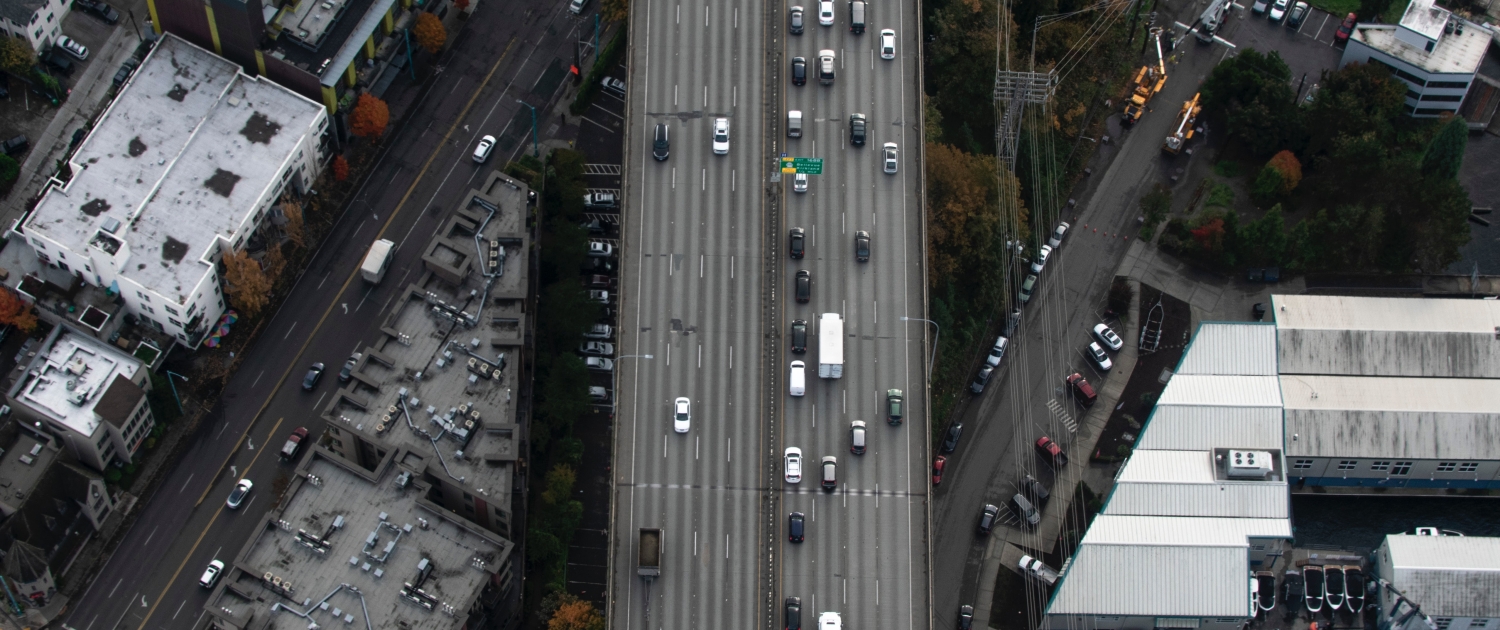
The chances are that if you’ve worked in the trucking industry within the past few years you’ve heard of digital freight matching.
This fast-growing integration of technology with traditional freight matching methods has caught on quickly and proved to be more than just the newest trend in transportation and logistics. Digital freight matching (DFM) has become the go-to method of many carriers to efficiently connect their drivers with available freight while saving time on paperwork, optimizing space, and cutting costs.
Keep reading to find out what digital freight matching really is, and how AI technology and machine learning could save your company time and money when connecting with shippers.
How does digital freight matching work?
Simply put, digital freight matching is a technology-driven approach to connecting shippers, or those who need to transport goods, with carriers and other transportation companies. Unlike traditional methods, which involve manual processes and third party intermediaries, DFM leverages AI and machine learning to streamline the freight matching process.
Although all modern freight brokerages and third-party logistics (3PL) businesses use technology to optimize the process, DFM is different in that it takes a technology-first approach instead of the traditional emphasis on human interaction and expertise.
Traditionally, 3PLs have assisted carriers by taking information from shippers about available loads and connected them with drivers looking to carry freight. This included lengthy and potentially challenging manual processes such as booking, load posting, paperwork, and confirmation calls.
Instead, DFM now automates these processes by using predictive analytics rooted in AI to optimize matches for service, efficiency, capacity, and cost. DFM platforms automatically connect different parts of the supply chain, making the process more efficient and responsive for all parties involved.
Shippers begin the process by uploading important job details to a DFM service, including proposed rate, the weight of the freight, and the required pick-up and delivery points and dates. AI-generated algorithms then evaluate the fleet capabilities of existing users to find potential matches. Suitable carriers can then open the DFM’s load board, evaluate the job description, and easily confirm within the platform.
Since most DFM platforms are available as mobile apps or online websites, this provides a single access point for every step of the matching process.
What are the benefits?
The main draw of DFM is the ability to streamline the entire freight matching process. Companies offering DFM help shippers share and advertise their loads to a wider range of drivers, while optimizing and accelerating the connection between shipper and carrier.
DFM technology also integrates seamlessly with Transportation Management Systems (TMS) and Enterprise Resource Planning (ERP) systems, making scheduling more efficient and reducing the time spent on administrative tasks.
Top DFM software can incorporate quoting, payment, data tracking and a range of other services into a single platform, allowing carriers and drivers to maximize load utilization and lower costs by minimizing empty backhauls.
Are there any drawbacks?
As with any other technological advancement, there are some important considerations to make before deciding to invest in a DFM platform.
Initially integrating a DFM service into a carrier’s existing freight matching methods can be difficult, especially when considering the price of a program and any training required for the transition.
DFM platforms typically offer various payment models, ranging from a monthly or annual subscription-based service to freemium models with only basic features available for no cost. Although the overall cost can potentially be higher than the fees required for 3PLs and other matching services, it depends on the quality and abilities of the selected DFM platform.
Another important factor is the inherent dependence on technology of any DFM service. Utilizing DFM requires internet connectivity, software platforms, and an understanding of the AI-generated algorithms. While the quality and ease of user interface has continued to improve in recent years, downtime, system glitches, and viruses can still disrupt operations and cause delays.
The top concern for many carriers deciding whether or not to make the transition to digital freight matching is how to strike the right balance between automation and personalized service. While algorithms enhance efficiency, they may not account for all variables, making human judgment still crucial for complex scenarios and exceptions.
Many clients and drivers will still appreciate some personalized services, so be sure to provide a human voice and perspective when necessary.
For more information on evolving trends in the trucking industry and how to keep your carrier’s services ahead of the curve, remember to follow us on social media and stay up-to-date on our Employer Blog posts.


 Comprehensive CDL Recruitment Solutions
Comprehensive CDL Recruitment Solutions

